A few years ago I bought a pile of old electronic parts from an anonymous junk dealer. Random stuff- 5 lbs of crappy ¼” jacks, some VU meters, a box of giant knobs, etc. The dealer also had a box of old AES Journals.
The AES, or Audio Engineering Society, is just what the name suggests. A professional organization for those who work in audio. I don’t know what the main focus of the AES is nowadays (i am not a member), but in the early 1960s it was very technical. Not so much an organization for people who engineer audio (IE., use equipment to manipulate audio signals), but rather an organization for people who engineer the equipment that recording engineers would then use to manipulate audio. Let’s put it this way: there’s a lot of math involved. Here’s a contents page from 1964. This issue was devoted to tape-recorder noise reduction. As in, designing the circuits. Not just building or using them.
There are some more accessible articles, like this piece detailing a custom-made audio console:
…and, of course, all those great old advertisements.
Anyhow, when i had the chance to examine the circa-1970 AES journals that the dealer sold me, it became apparent that they had once been the property of one Saul Marantz.
I knew the name Marantz as it applies to audio equipment – my wife in fact has a complete (circa 1995) Marantz hi-fi system in her studio – but i knew a little about the man. Turns out he was a fascinating character.
From the NYtimes: “ A man of many parts — photographer, classical guitarist, graphics designer, collector of Chinese and Japanese art — Mr. Marantz was fascinated by electronics from his boyhood days in Brooklyn. His passion for music led to his first attempts at building audio components…. After service in the Army during World War II, Mr. Marantz and his wife, Jean Dickey Marantz, settled in Kew Gardens, Queens. One day in 1945, he decided to rip the radio out of his 1940 Mercury, where he rarely listened to it, and put it to more practical use in his house. But that transplant required building additional electronics to make the radio work indoors. Such was the hook that snared Mr. Marantz for life.”
Saul Marantz was a career graphic designer at the time. He left this career once his Hi -Fi components (co-designed with engineer Sidney Smith) took off.
Learning that S. Marantz had been a graphic designer (and collector of Japanese art) really put the puzzle together for me. The extremely elegant appearance of all the Marantz products (until he left the company in 1968, at least) always made a big impression on me. Early Marantz hardware was high-end, sure – with prices and specs close to McIntosh pieces – but their visual design is in a league buy itself.
(web source)
(web source)
In another of the Marantz AES journals, S. Marantz receives an achievement award for outstanding contribution to consumer audio equipment.
The ‘classic’ Marantz designs were introduced between 1950 and 1964. After that point, it became a ‘name-only’ company. The more recent Marantz-branded products are of good quality, for what’s it worth.
How important are visuals to your appreciation of audio hardware? How important the tactile interface with the devices?
When everything is reduced (enhanced??) to a touch screen, with the visual experience of audio tools be heightened, or reduced?
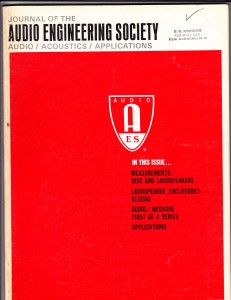
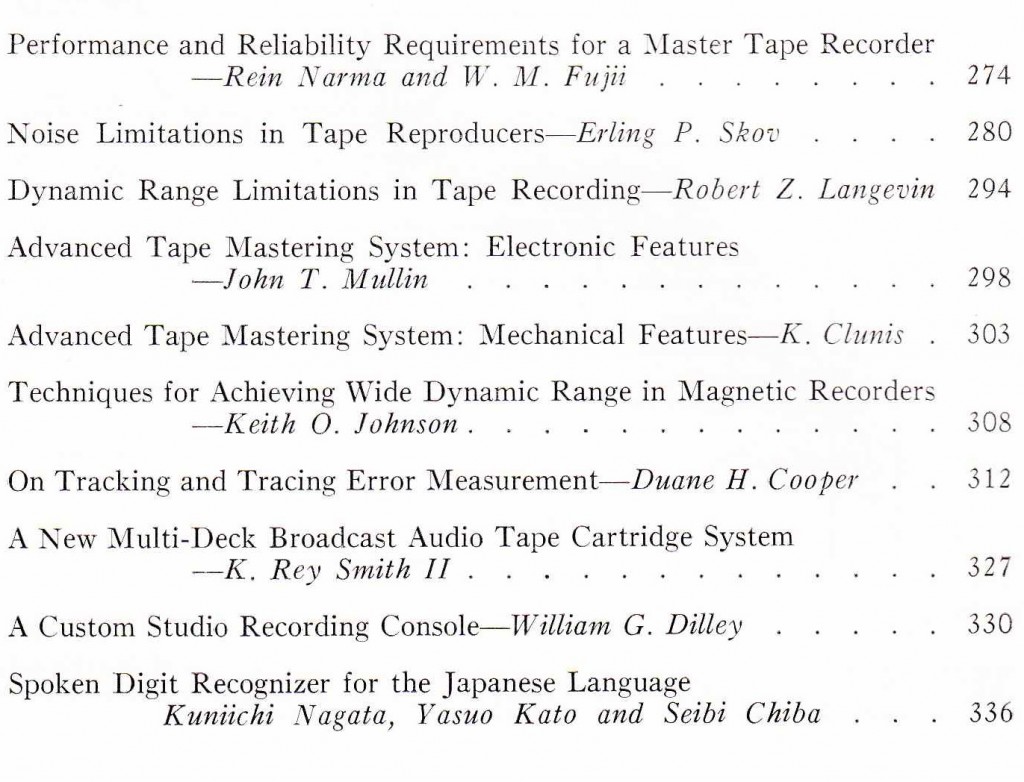
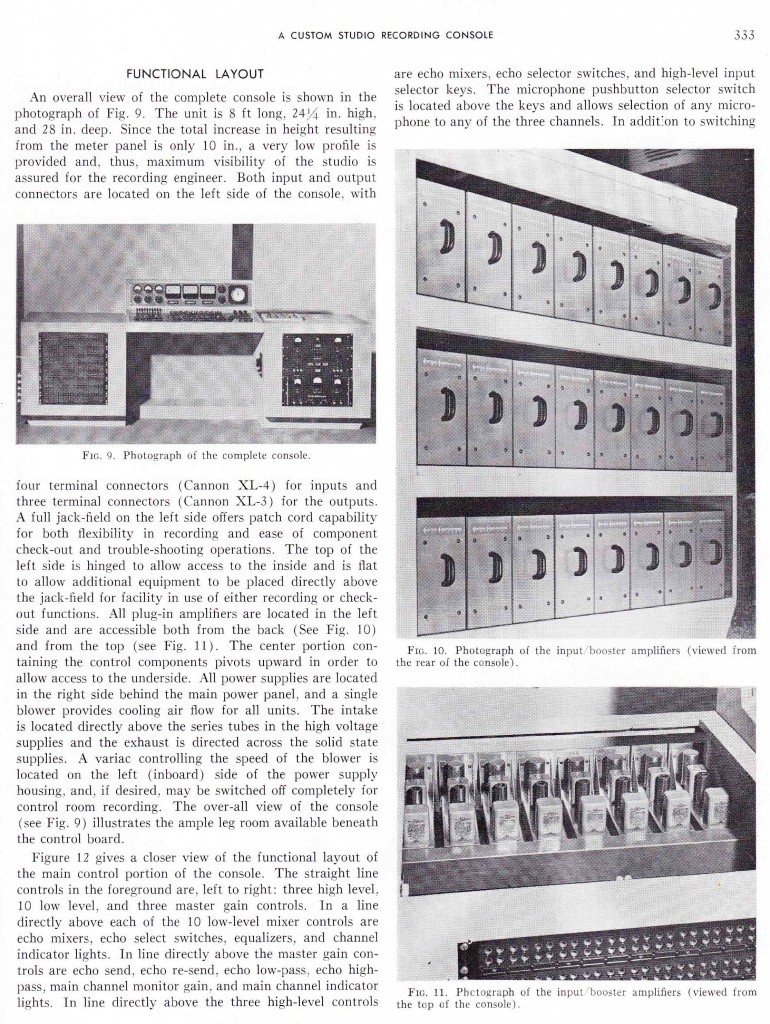
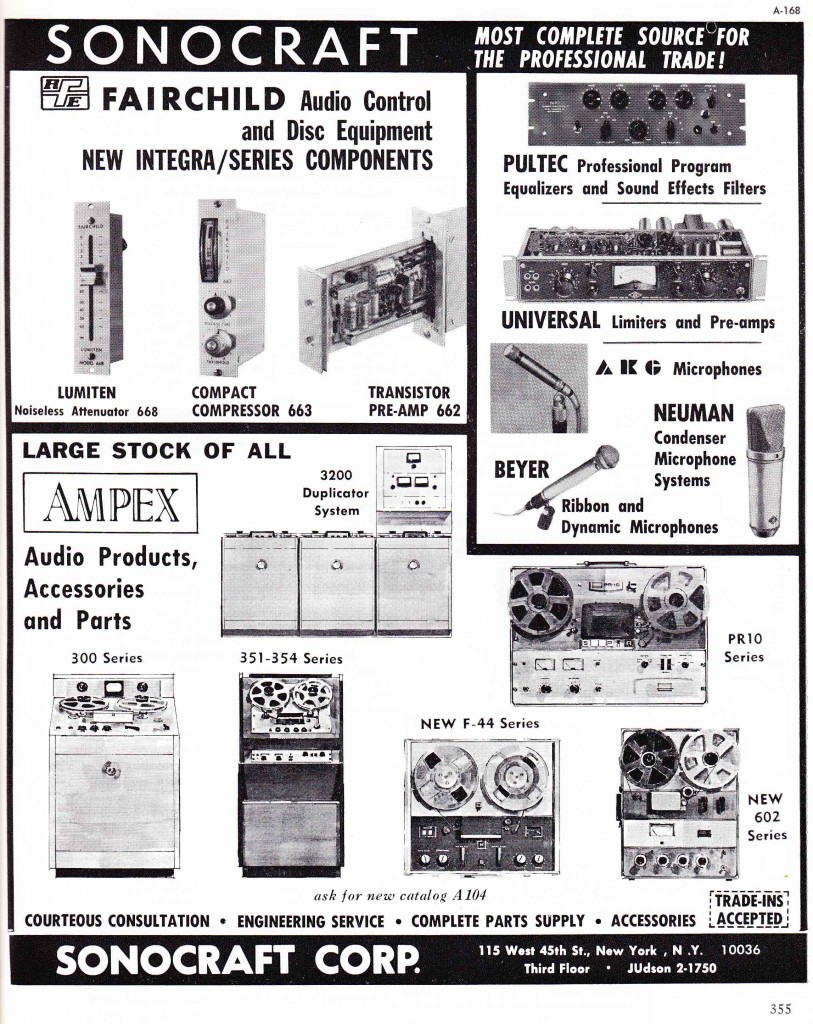
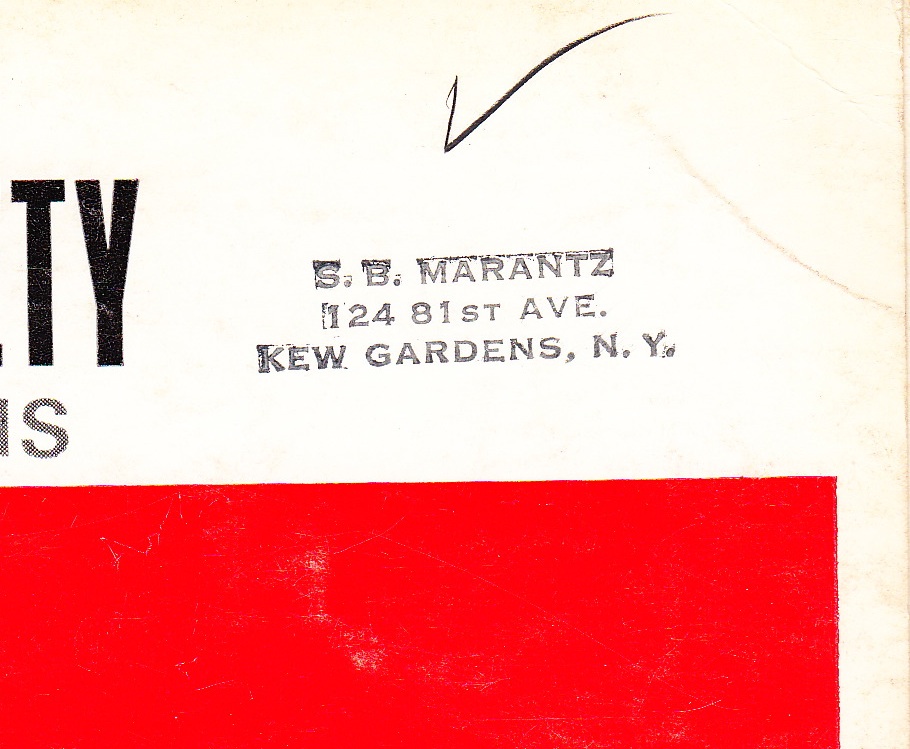
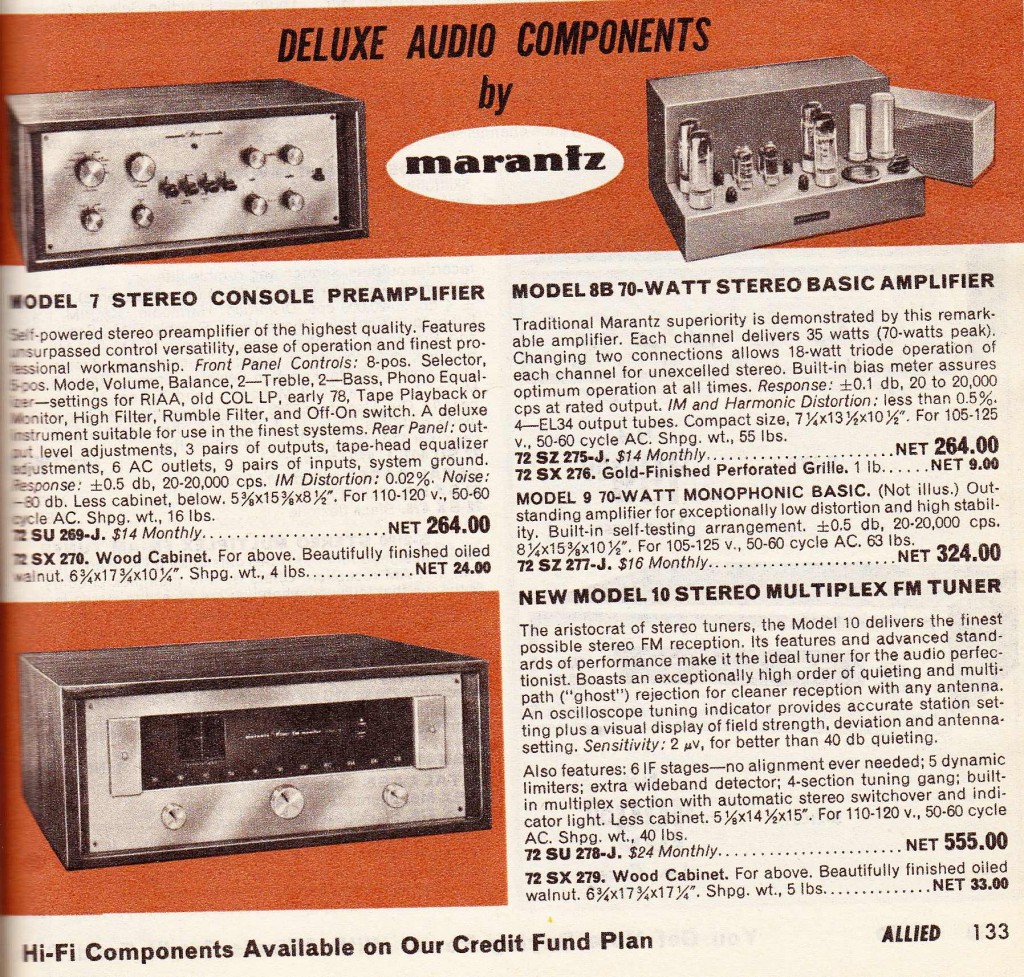
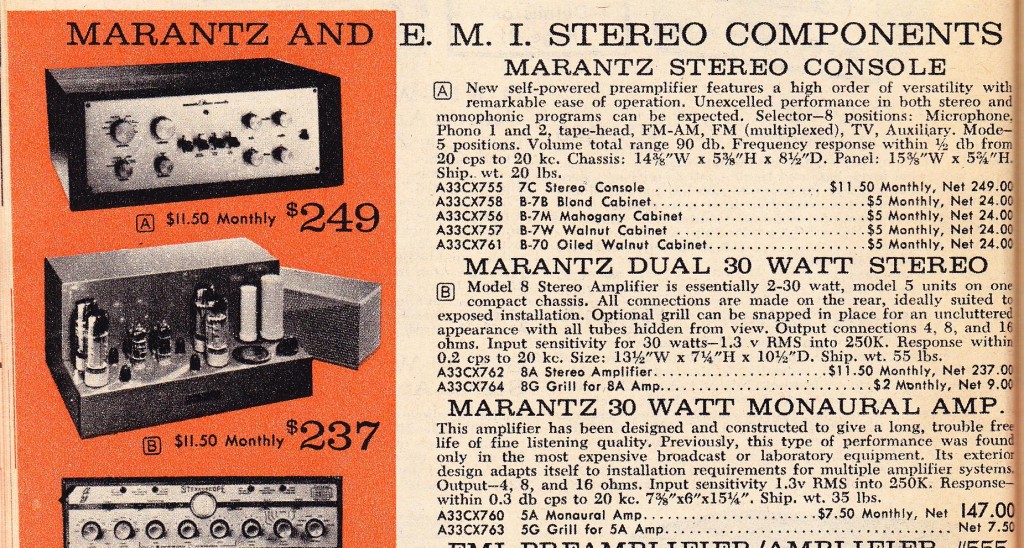
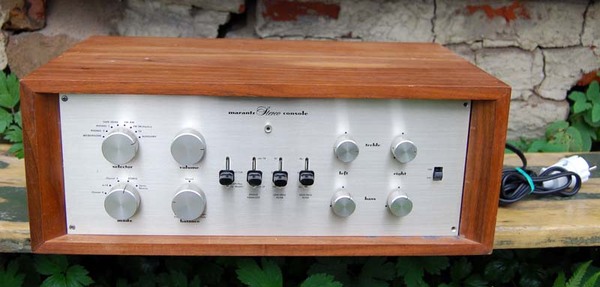
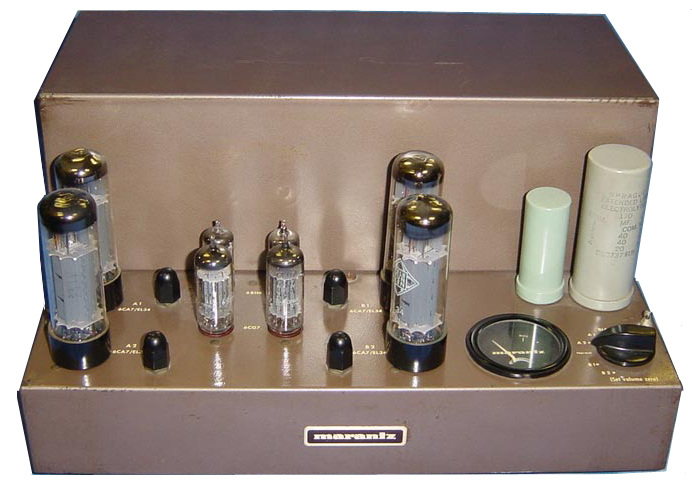
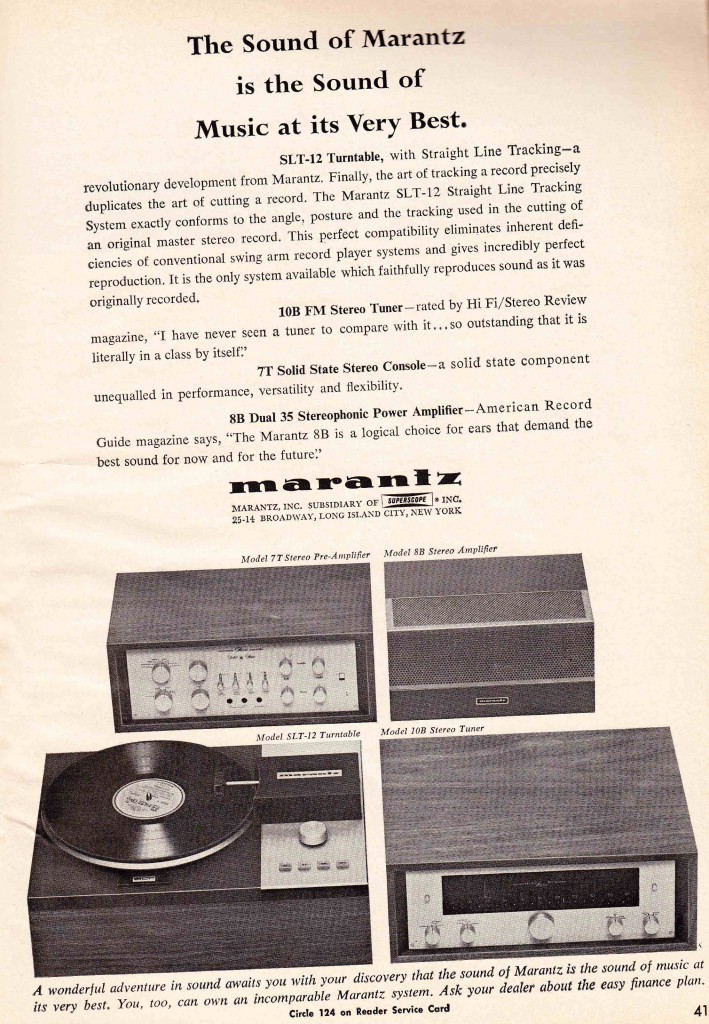
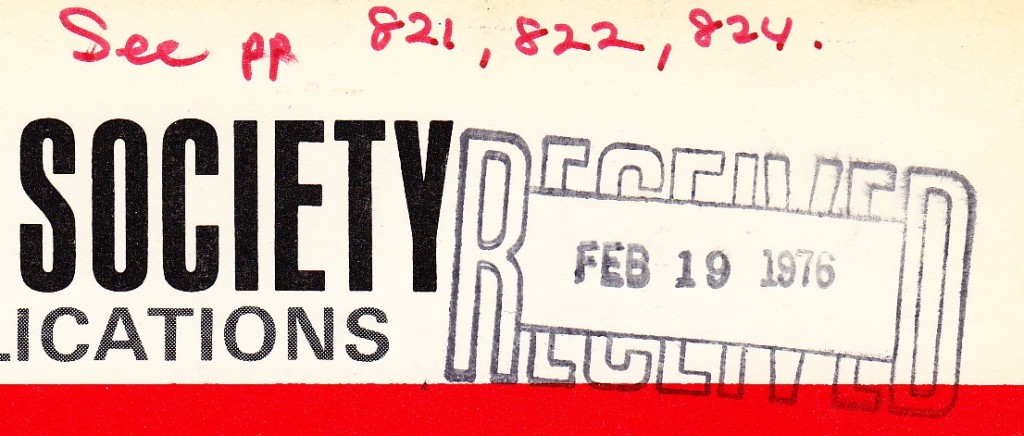
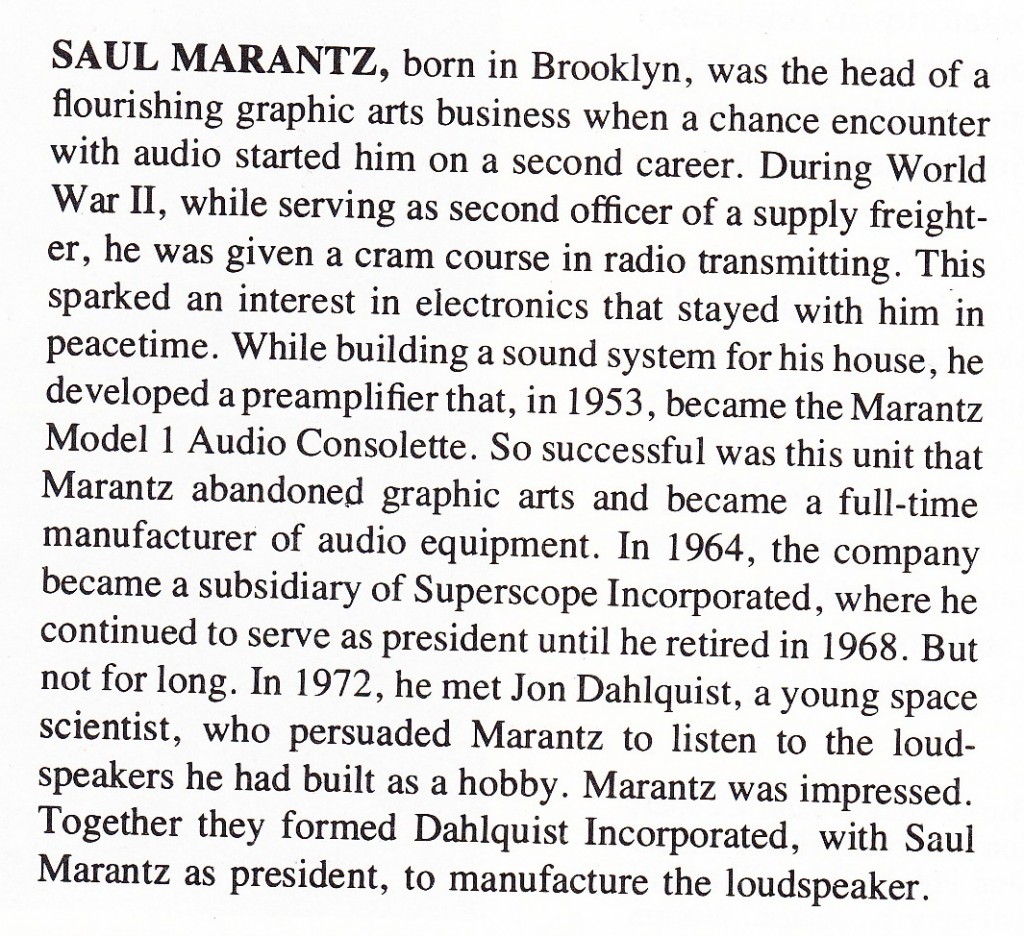
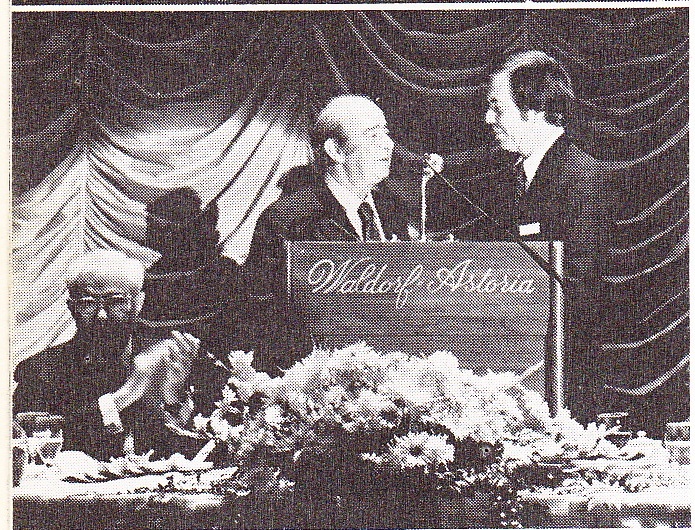
8 replies on “Saul Marantz and The Roots of Great Design”
[…] Because the AES (Audio Engineering Society) began publishing it’s own journal in 1953. See my previous post on the AES journal for more information on this great publication. Anyhow, as Wiki tells us, AUDIO at this point shifted to a more consumer/hobbyist perspective. […]
[…] earlier post on Saul Marantz discussed the journal of the Audio Engineering Society in general. This week we are going to take […]
Marantz and McIntosh were the premier builders of hi-fi equipment in the United States, in terms of quality and industry presence. (Dynaco sold more units, and probably made more net spendable, but their business and production methods were hinky in the extreme.) McIntosh is still an independently run business building everything in its own plant in upstate New York, although ownership is actually-gasp-Denon Marantz of Japan.
But the Marantz in Denon Marantz is only a name. Saul Marantz was effectively put out of business by his own desire for perfection, high unit costs, and a product that turned out to be heinously expensive to produce (the fabled 10-B tuner).
Marantz had a plant in NYC itself, and used the most expensive components in his products, which were never designed for cost effectiveness or manufacturability.
McIntosh were of the Scots school that an engineer was someone who could do for a shilling what any bloody fool could do for a pound, and used innovative design, vertical manufacturing in upstate New York, attractive cosmetics and a bold ad campaign “informed” by General Semantics to provide maximum delta between sale price and build cost. McIntosh products were built like a Fender guitar amp, all consumer grade parts, but conservatively rated. They often lasted longer than Marantz’s because of that, and a certain basic elegant simplicity you don’t find in Marantz.
In one instance-the Marantz 7 and McIntosh C-22 preamps-we have products with nearly identical design which allows a good comparison. A Marantz 7 has twice the build cost and then some. Does it work twice as well? No, but it does work better.
The modern hobbyist could excel either with a little determination, and a willingness to buy a bill of material that would have blanched either company. He could not have done it then though.
Dear mister ,can you send me per email the photo,s take by you from marantz folder ect ,we are gone make a special sacd on the 100 birthday of mister saul marantz
ofcourse we wil put your name in the booklet and sen you the sacd..
thanks
hi there. I am not exactly sure what you are asking me for. I don’t have any unique photos of saul marantz. The scans I posted are from the AES journal. IF you can re-phrase your request in more clear terms I would be happy to try and help however I can. best wishes, c.
The old AES journals and those of the IEEE “Audio Working Group” (or some such) are hugely useful sources of information, but sadly, they are very expensive because you have to be a member to get hold of them. Only academic/scholarly libraries have them anymore and they won’t provide photo copies without a huge fee because these organizations want money for all this old information. It is quite expensive to join and you still have to pay for each downloaded article or buy the Journals at a high price.
That pix of saul marantz looks to have john eargle of JBL introducing saul.
The article on a custom recording console by Bill Dillie is interesting. He went on to found SpectraSonics.